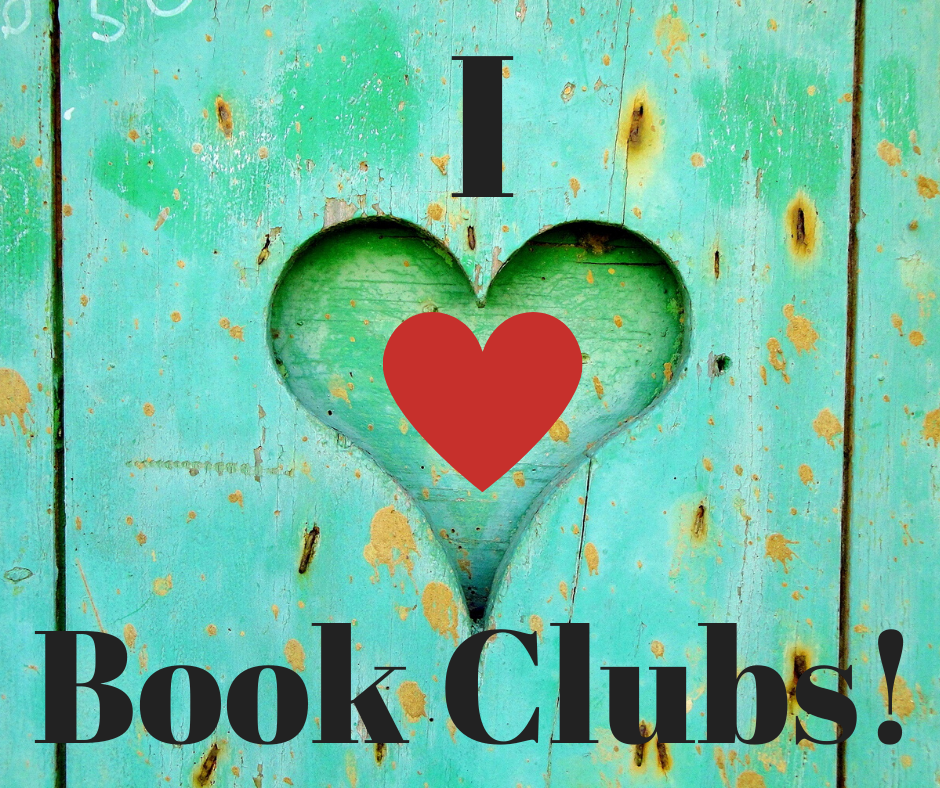Why Authors Should Have a Newsletter/Email List...
/As an author, it’s important that you have a mailing list (for emails). Platforms like Twitter, Instagram, or Facebook, where you build your following, own the contact and make/change the rules. If your account is suspended or the site goes down, you no longer have access/contact information for your fans and followers. It’s a good idea to have a sign up sheet where you can collect names and email addresses. This is your list and you maintain it.
I use MailChimp to create my newsletters and maintain my contact list. If folks subscribe or unsubscribe, the application takes care of it. (You are required to unsubscribe those who request it.) The services vary, and you should choose one based on what you need, how often you publish, and how many emails are on your list. With these sites, you can also export your list to keep it as a backup.
Many authors offer something free (a short story or character information that’s not available anywhere else) to new newsletter subscribers. Sometimes, that’s a good hook to get people interested.
I have a page on my website for my newsletter. I also have a sign up form on the main page.
The list of email addresses belongs to you, so you should spend time cultivating it. I keep signup sheets and clipboard in my bag for events. This list is valuable. You know they are readers who are interested in your work.












